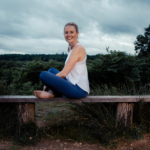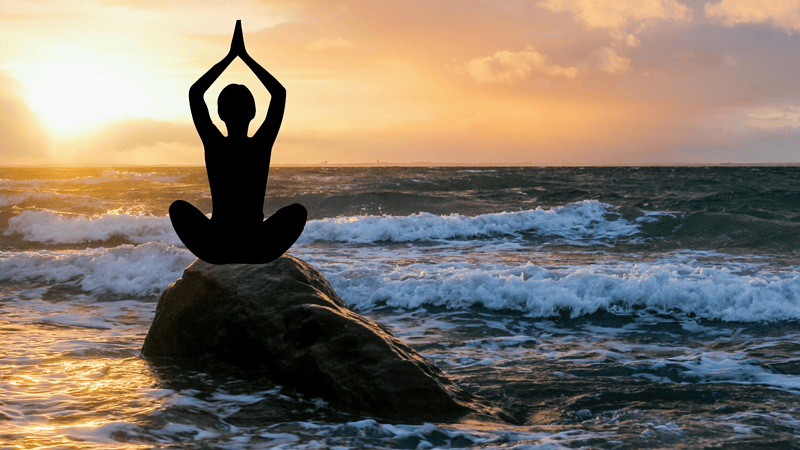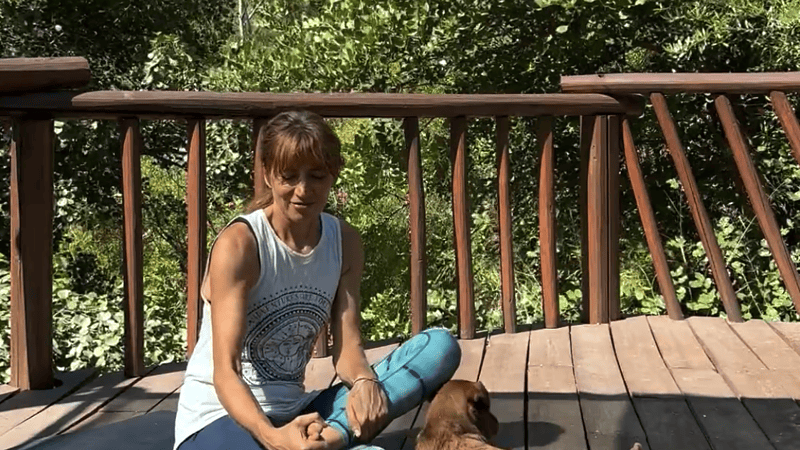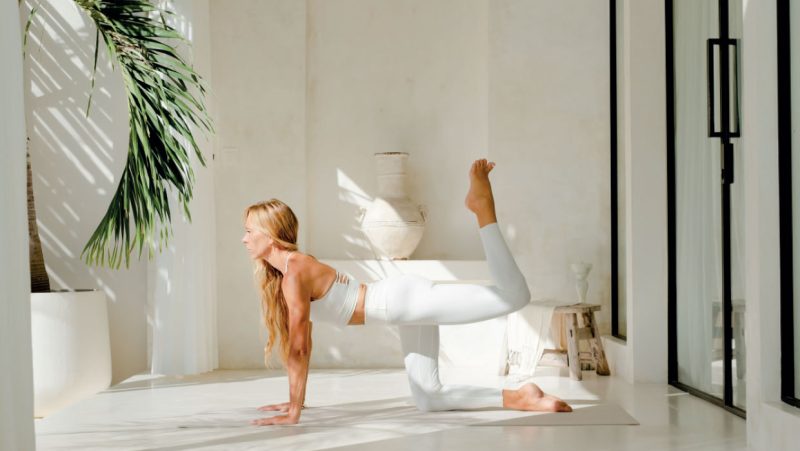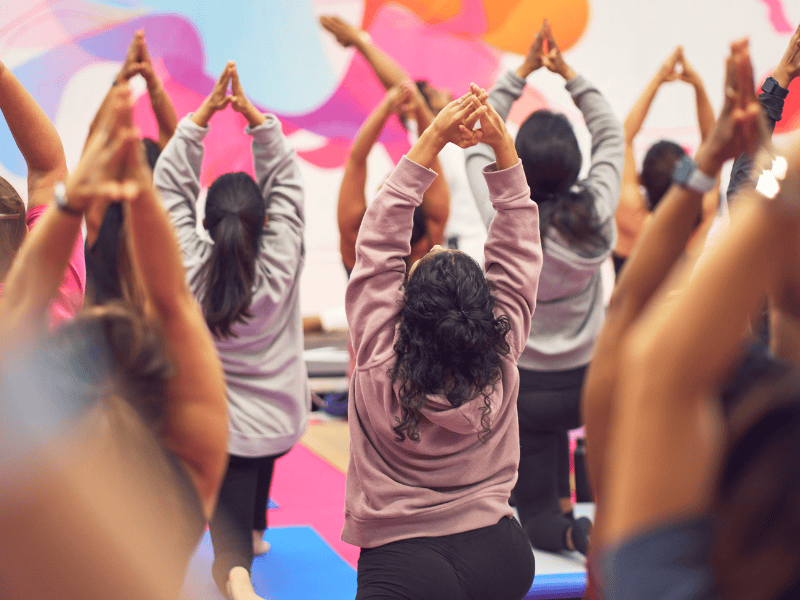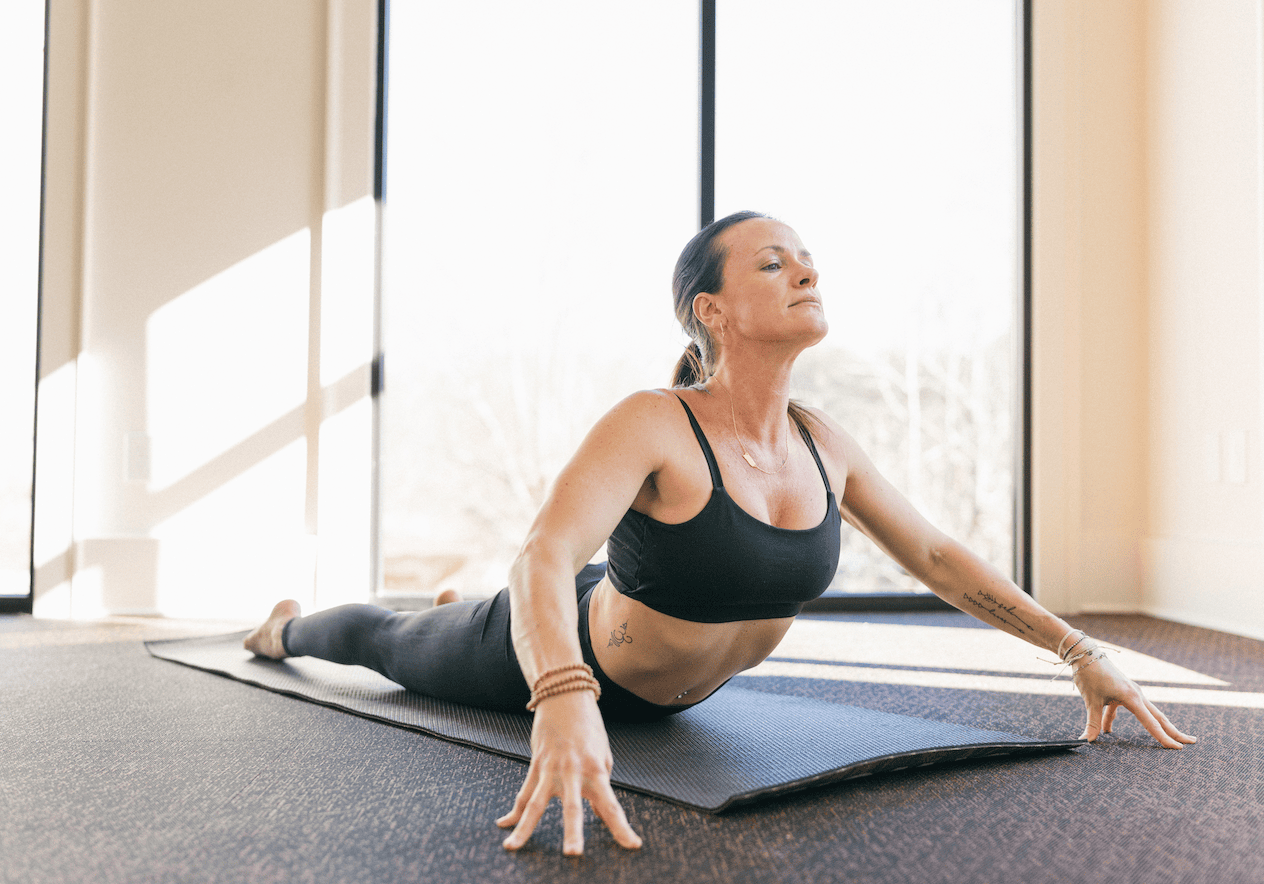
"You're only as young as your spine is flexible"
"Yoga is the Fountain of Youth. You’re only as young as your spine is flexible! " ~ Bob Harper
Reading time: 3 minutes
One of the images that comes to mind of someone aging and becoming immobile is of them bent over with a stooped and rounded back: think of the wicked old woman in Snow White. Contrast this with the image of a Disney princess: swanlike neck, upright posture that honours the natural ‘S’ curves of the back; gliding, dancing and moving with ease.
A healthy spine is a strong and supple spine, and is crucial for vitality and wellbeing: it supports your whole body, movement and nerve function.
We want our spine to be less like a rigid tree trunk, and more like a supple branch: able to bend, curve and adapt to different conditions. This means enabling good range of motion in all the ways the spine is intended to move: extension (bending backwards), flexion (rounding forwards), rotating (twisting left and right), bending laterally (sideways), and lengthening (called axial extension).
There are 24 vertabrae in the spine, stacked on top of each other, classed in three parts: the top 7 vertabrae make up the cervical spine which has the greatest range of movement particularly rotation; the mid 12 vertabrae of the thoracic spine that has less mobility; and the 5 vertabrae of the lower or lumbar spine which can flex and extend but has limited rotation.
In daily life we do many spinal movements naturally and frequently: think of getting up out of bed, how you turn your head (rotate the neck) whilst driving, how you twist the body to put on your seat belt or bend down to pick something up off the floor. A strong and flexible spine enables us to perform these actions easily and without getting injured.
In modern life many of us spend too much time in spinal flexion. We work seated at a desk, type on a laptop, scroll our phones, watch tv on the sofa and drive a car. This can cause our upper back to round and neck to jut forwards, sinking the chest and restricting the breath, and our hip flexors to tighten. Yoga is wonderful for counteracting this as we practise back bending postures - such as Locust, Cobra, Sphinx and Camel pose – that open and lengthen the front of the body and strengthen the back of the body.
A healthy spine is crucial for vitality and wellbeing.
We also practise ‘lengthening the spine’ (axial extension) in standing yoga postures, the most fundamental of which is Tadasana (Mountain pose). This encourages us to stand tall and proud – spine long, chest open, lifting from the crown. We practise ‘sitting tall’ too, perhaps at the start and at the end of class in seated meditation or during pranayama (breathwork). Once we become trained to sit and stand tall in our yoga practice, this awareness translates to daily life and we may actually feel taller! as well as more vital and confident.
Lower back pain is the most common physical complaint amongst adults in the UK and the leading cause of disability. It can have a major impact on quality of life and activities available to the sufferer. Yoga teachers often hear new students saying they want to start yoga to ease back pain. It is, however, a nuanced issue and while yoga is frequently recommended by doctors to address back pain, this advice should be approached with curiosity, not taken as gospel. Yoga is a broad topic and not all types of yoga will be right for everyone, particularly if you are dealing with pain or sensitivity. If this is something you are experiencing, a one to one session with an experienced yoga teacher would be the recommended starting point so that the teacher can work with you in a dedicated, bespoke manner.
If, however, you are seeking to improve or maintain overall flexibility - including spinal flexibility - yoga is ideal. Understand the type of yoga you are doing (Vinyasa Flow for example is usually more dynamic and requires a decent level of mobility; while a Hatha-style class is slower with longer static holds) and practise with a teacher that offers variations in class so you can adapt as needed. You will be conditioning your body to move in the ways it is capable of doing, keeping the joints supple, and moving holistically. It improves your balance and coordination, while the focus and concentration of the practice, combined with mindful breathing, regulates and soothes the nervous system, improving health and wellbeing.
I teach 70 + year olds in my yoga classes who have better posture and more beautiful backbends than some 20 year olds. It’s no coincidence that they are also some of the twinkliest people I know, with the most mischievous and youthful spirits. It’s also no coincidence that they are long term, dedicated yoga practioners! Perhaps Bob was right, and yoga really is the Fountain of Youth.

